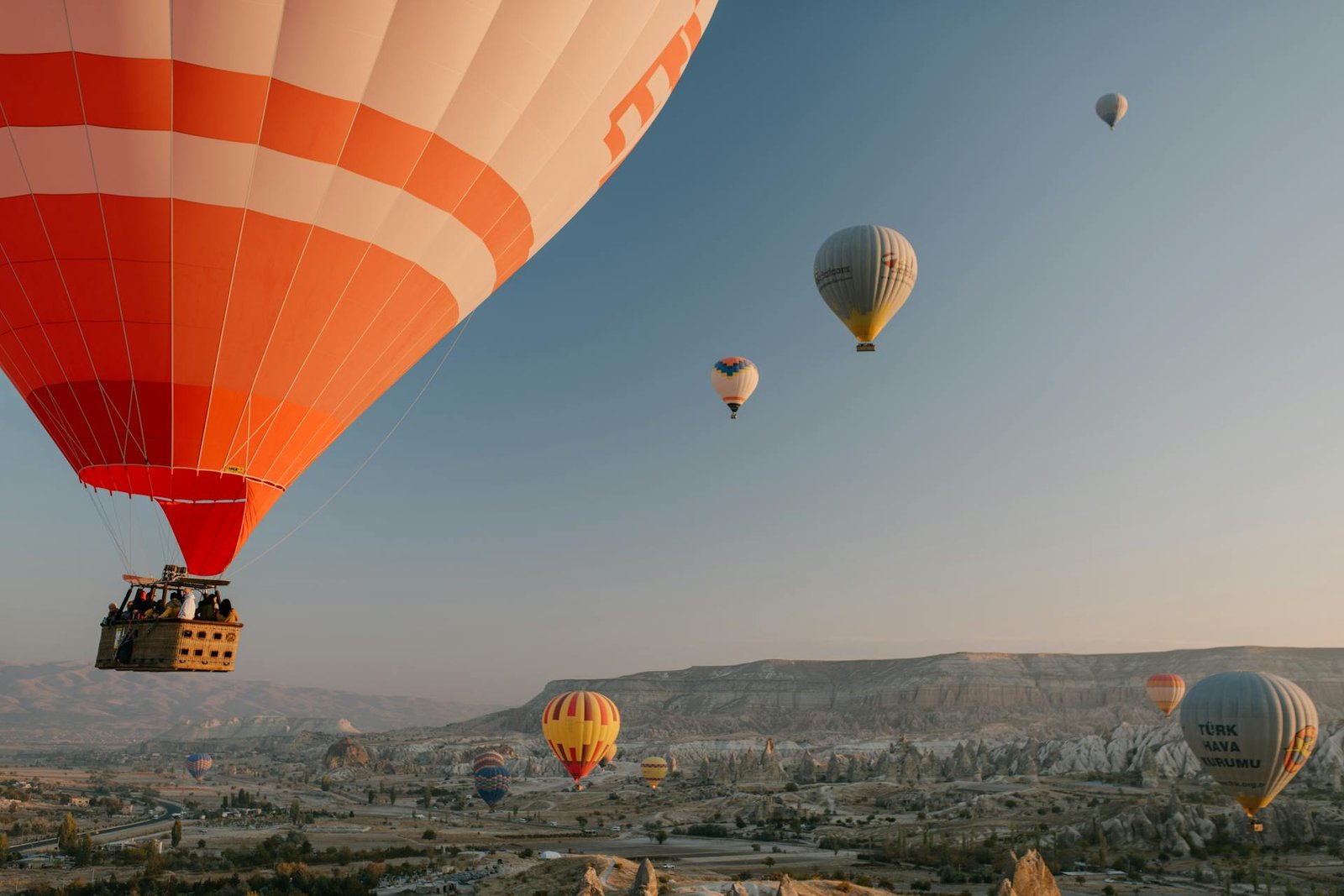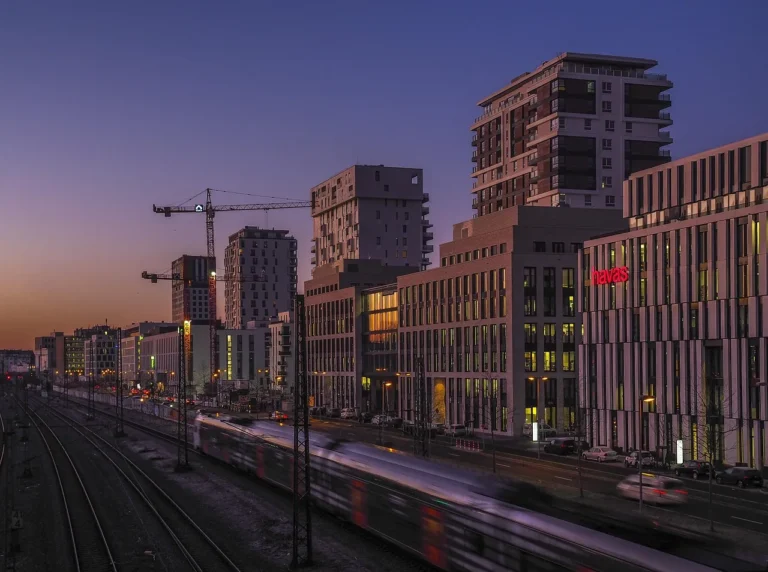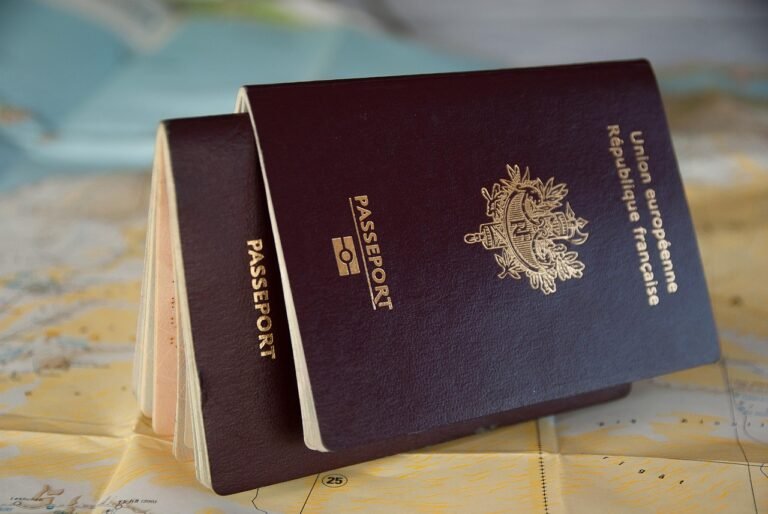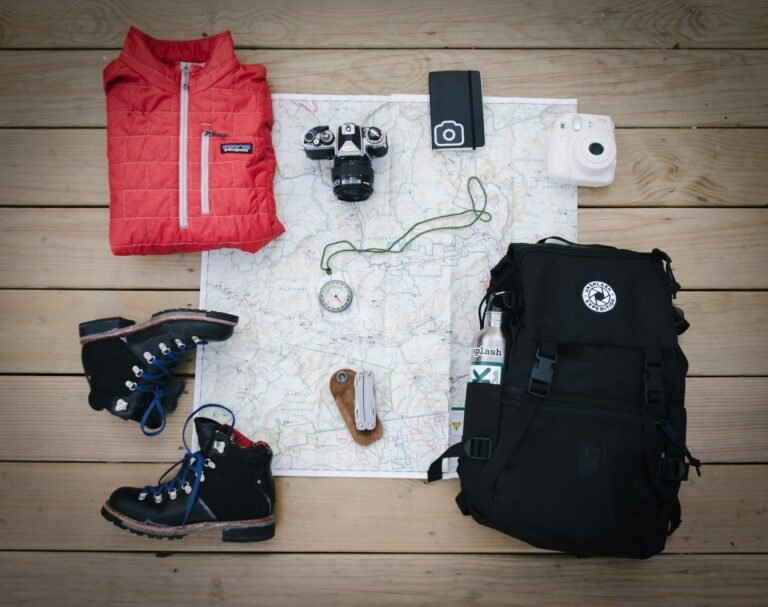Turkey—where the tantalizing blend of East meets West isn’t just a cliché but a full-on sensory overload. It’s the kind of place where ancient ruins sit right next to buzzing bazaars, and the call to prayer mixes seamlessly with the scent of simmering spices. If ever there was a playground for travelers craving a dose of history, culture, and more than a little charm, Turkey takes the cake.
Now, before imagining endless stretches of sand or just Istanbul’s iconic skyline, remember: Turkey’s got layers—like an onion, or a baklava, if you prefer something sweeter. There’s the surreal, almost otherworldly landscape of Cappadocia, where fairy chimneys and hot air balloons vie for your attention. Then there’s the Mediterranean coast, all turquoise water and sun-drenched beaches that scream vacation (whether you admit it or not). Not to mention those Roman ruins so well preserved they practically whisper stories from centuries ago.
But hey, narrowing down the best attractions isn’t exactly a walk in the park. It’s a toss-up between ruins, natural wonders, and urban delights. Turkey doesn’t just offer places to visit; it offers experiences. You’re not just ticking boxes here—you’re stepping into a living, breathing mosaic that’s as unpredictable as it is breathtaking.
Istanbul: Where Two Continents Collide (Literally)
Let’s start with the obvious—Istanbul, the city that can’t decide which continent it wants to be on. Honestly, can you blame it?
Hagia Sophia: The Ultimate Survivor
The Hagia Sophia has seen it all. Built as a Christian cathedral in 537 AD, converted to a mosque in 1453, turned into a museum in 1935, and back to a mosque in 2020—this building has more career changes than most millennials. The sheer scale of the dome still makes architects weep with envy, and standing beneath it feels like being inside a geometric prayer.

Blue Mosque: Instagram’s Darling
Right across the plaza sits the Blue Mosque, officially called Sultan Ahmed Mosque, but let’s be real—those blue Iznik tiles earned it the nickname fair and square. Pro tip: visit during non-prayer times, dress appropriately (covered shoulders and legs), and maybe don’t be the tourist trying to get the perfect selfie while locals are trying to worship.
Grand Bazaar: Organized Chaos at Its Finest
The Grand Bazaar is what happens when 4,000 shops decide to have a party in one building. Dating back to 1461, it’s like Amazon, but you can actually haggle and smell the spices. I once spent three hours looking for the exit—not because I was lost, but because every turn revealed another carpet seller convinced I needed a “very special price, just for you, my friend.”
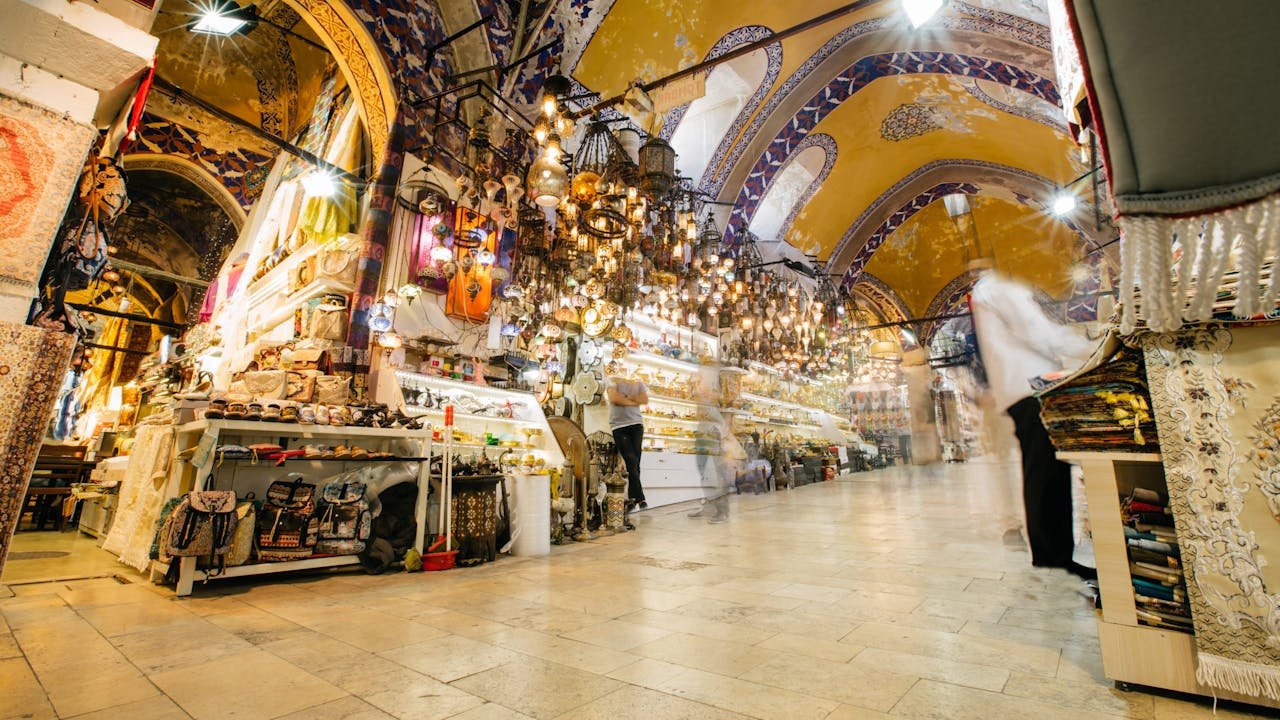
Cappadocia: Where Geology Got Creative
If Mars had a tourism board, they’d use Cappadocia photos. This region in central Turkey looks like someone took a cheese grater to the landscape and then decided to carve hotels into the result.
Hot Air Balloon Rides: Worth the Early Wake-Up
Yes, everyone does the balloon thing. Yes, it’s touristy. Yes, you should absolutely do it anyway. Floating over the fairy chimneys at sunrise while a hundred other balloons drift around you like colorful jellyfish is one of those moments that temporarily makes you forget about your mortgage payments.
The Kapadokya Balloons company offers some of the most reliable flights, though honestly, half the magic is just showing up and trusting the universe (and Turkish aviation safety standards).
Underground Cities: Ancient Social Distancing
Long before COVID taught us about isolation, the people of Cappadocia were carving entire cities underground. Derinkuyu Underground City goes down 18 levels and once housed 20,000 people. It’s like a medieval prep bunker, complete with ventilation systems that still work better than most modern office buildings.

Pamukkale: Nature’s Infinity Pool
Pamukkale, which translates to “Cotton Castle,” looks like someone spilled white paint down a mountainside and then filled it with the bluest water imaginable. These calcium carbonate terraces have been forming for millennia, creating what might be the world’s most photogenic hot springs.
The ancient city of Hierapolis sits on top, because apparently the Romans knew a good spa location when they saw one. Walking barefoot on the warm, white terraces while ancient ruins loom above you is surreal—like being in a dream where historical periods got mixed up in the best possible way.
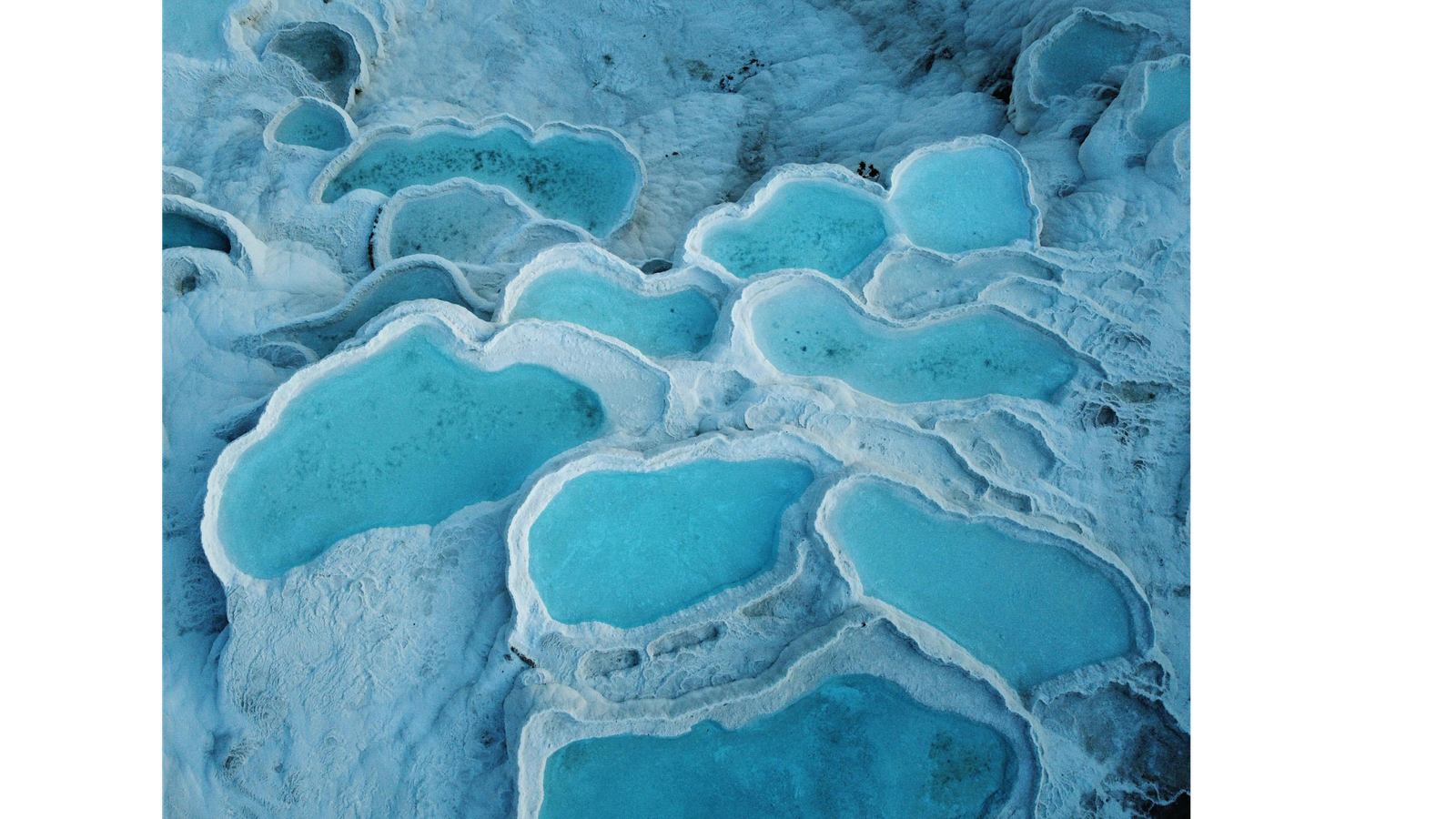
Ephesus: Rome’s Greatest Hits Album
Ephesus is what happens when you preserve an ancient city so well that you can practically hear the chariot traffic. The Library of Celsus alone is worth the trip—it’s one of those buildings that makes you realize that ancient architects weren’t messing around.
The amphitheater here once held 25,000 people. For perspective, that’s bigger than most modern concert venues, and they built it without cranes or safety regulations. The acoustics are still perfect, which I discovered when a fellow tourist’s sneeze from the top row echoed clearly down to where I was standing.
Turkish Cuisine: A Love Story in Multiple Courses
Look, I could write an entire blog post about Turkish food alone. Turkish cuisine is what happens when you’re positioned at the crossroads of Europe, Asia, and the Middle East and decide to borrow the best ideas from everyone.
Istanbul Food Scene
The street food in Istanbul deserves its own UNESCO designation. Döner kebab done right isn’t fast food—it’s an art form. And don’t get me started on Turkish breakfast. They don’t mess around with a piece of toast and coffee. We’re talking cheese, olives, honey, jam, eggs, sausage, and bread that makes you question every breakfast decision you’ve made in your life.
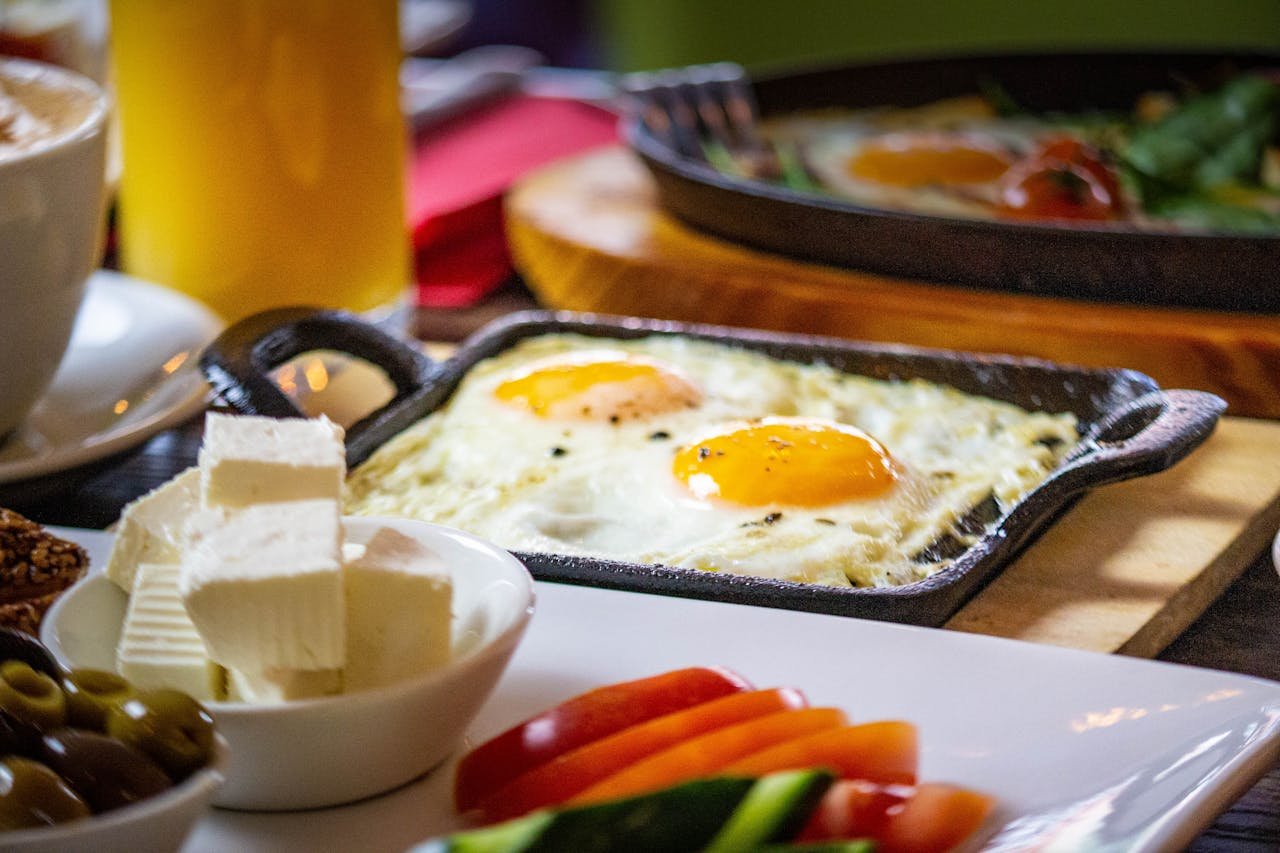
Antalya: Turkey’s Riviera Moment
The Turkish Riviera centered around Antalya is where Turkey shows off its Mediterranean side. Ancient ruins meet beach resorts in a combination that somehow doesn’t feel like a compromise.
Antalya Old Town
Kaleiçi, Antalya’s old town, is a maze of Ottoman houses that have been converted into boutique hotels and restaurants. It’s touristy, yes, but in the best way—like someone took a historical district and made it actually livable.
Mount Nemrut: The Ultimate Ancient Ego Trip
Mount Nemrut in southeastern Turkey is where King Antiochus I decided to build his own tomb flanked by giant stone heads of gods and himself. Because apparently, when you’re a king in the 1st century BC, subtlety isn’t really on the table.
The sunrise here is legendary, partly because it’s spectacular, and partly because getting there requires a 2 AM wake-up call that makes the eventual view feel earned.
Troy: Where Literature Meets Archaeology
Troy is proof that sometimes the stories are real. The archaeological site might not look like much—ancient cities rarely do—but standing where the Trojan War possibly happened while holding a copy of Homer’s Iliad is one of those moments that connects you to thousands of years of human storytelling.
Practical Turkey: The Stuff They Don’t Put in the Brochures
Getting Around
Turkey’s domestic flight network is excellent and surprisingly affordable. Turkish Airlines and Pegasus Airlines connect major destinations efficiently. The bus system is also reliable—Turkish bus companies take customer service seriously in ways that would make American Greyhound weep with shame.
When to Go
Spring (April-May) and fall (September-October) are ideal. Summer brings crowds and heat that can be brutal, especially in central regions. Winter in Istanbul has its charm, but Cappadocia can be genuinely cold.
Money Matters
The Turkish Lira’s volatility means your dollars go further, but it also means prices can shift. Credit cards work in tourist areas, but carry cash for smaller establishments and bazaar haggling.
The Turkey Experience: More Than the Sum of Its Parts
Here’s what I didn’t expect about Turkey: how normal it would feel to be surrounded by such extraordinary history. You’ll find yourself eating lunch next to a Roman aqueduct or using an ATM built into a Byzantine wall, and somehow it all makes perfect sense.
Turkey doesn’t try to be trendy or chase travel blogger approval. It just exists, confidently, with thousands of years of stories carved into its landscape. Whether you’re floating over Cappadocia in a balloon, bargaining for carpets in Istanbul, or soaking in Pamukkale’s thermal pools, you’re participating in traditions that have been going on longer than most civilizations have existed.
The best part? Turkey still feels like it has secrets. Despite being firmly on the tourist map, you can still turn a corner in any city and discover something that hasn’t made it into the guidebooks yet. In a world where Instagram has seemingly discovered every hidden gem, Turkey manages to keep a few cards close to its chest.
Suggested Travel Tools & Recommendations
- Turkish Airlines – Best flight network into Turkey.
- GetYourGuide Turkey Tours – Book balloon rides, Ephesus trips, Bosphorus cruises.
- Istanbul Welcome Card – Skip-the-line access for museums and transport.
- Cappadocia Cave Suites – Sleep in an actual cave. Surprisingly luxurious.
- Booking.com – For coastal stays in Antalya or Bodrum.
- TripAdvisor Istanbul – Crowd-sourced recommendations (and brutally honest reviews).
- Lonely Planet Turkey Guide – For the old-school book lovers.
- Turkish Museum Pass – Saves time and money for history buffs.
- Kayak – For cheap flight and hotel comparisons.
- Intrepid Travel Turkey – Group tours with more depth.
Frequently Asked Questions About Turkey Tourism
What are the must-see historical sites in Turkey?
Answer: The essential historical sites include Hagia Sophia and Blue Mosque in Istanbul, the ancient city of Ephesus near Izmir, the underground cities of Cappadocia, Pamukkale’s thermal terraces with Hierapolis ruins, and the archaeological site of Troy. Each represents different periods of Turkey’s rich history from ancient Greek and Roman times through the Byzantine and Ottoman empires.
When is the best time to visit Turkey for tourism?
Answer: The ideal periods are spring (April-May) and fall (September-October) when temperatures are comfortable and crowds are manageable. Summer can be extremely hot, especially in central regions like Cappadocia, while winter offers fewer daylight hours but can be magical in Istanbul with fewer tourists.
How many days do you need to see Turkey’s main attractions?
Answer: A minimum of 10-14 days allows you to see Istanbul (3-4 days), Cappadocia (2-3 days), Pamukkale (1-2 days), Ephesus (1 day), and either the Mediterranean coast or eastern historical sites. Three weeks provide a more leisurely pace with time for cultural immersion.
Is Turkey safe for tourists visiting major attractions?
Answer: Turkey’s major tourist destinations are generally very safe with well-developed tourism infrastructure. Standard travel precautions apply, and tourist police are present at major sites. Political tensions occasionally affect border regions, but mainstream destinations like Istanbul, Cappadocia, and the Mediterranean coast maintain strong safety records.
What should I know about visiting mosques in Turkey?
Answer: Remove shoes before entering, dress modestly (covered shoulders, long pants/skirts), and women should cover their hair. Many mosques provide coverings for visitors. Avoid visiting during prayer times unless you’re there to worship, speak quietly, and don’t use flash photography. Most major mosques welcome respectful tourists.
How much does it cost to visit Turkey’s top attractions?
Answer: Museum and site entries range from $2-15 USD per location. A Museum Pass Turkey costs around $25 and covers multiple sites. Hot air balloon rides cost $150-300 depending on company and season. Daily budgets range from $30-50 for budget travelers to $100-200 for luxury experiences, excluding accommodation.
Do I need a visa to visit Turkey as a tourist?
Answer: Most visitors can obtain an e-visa online before travel or a visa on arrival. US, UK, and EU citizens typically need a visa, while some nationalities enter visa-free. Check current requirements as policies change. Processing is usually quick and straightforward for tourist visas.
What’s the best way to travel between Turkey’s major tourist cities?
Answer: Domestic flights are efficient and affordable between major destinations like Istanbul, Cappadocia, and Antalya. Long-distance buses are comfortable and extensive, while trains serve some routes but are slower. Rental cars offer flexibility but require comfort with local driving conditions.
Can you drink alcohol in Turkey as a tourist?
Answer: Yes, alcohol is widely available in tourist areas, restaurants, hotels, and shops, though it’s heavily taxed and expensive. Turkey produces excellent wine and the national spirit rakı. Some conservative areas have fewer options, and alcohol sales are restricted during certain religious holidays.
What Turkish foods must tourists try during their visit?
Answer: Essential dishes include kebabs (döner, şiş, adana), Turkish breakfast spreads, baklava and Turkish delight, Turkish coffee and tea, meze appetizers, fresh seafood along the coast, and regional specialties like Cappadokian pottery cooking. Street food like balık ekmek (fish sandwich) and börek pastries are authentic experiences.
Is English widely spoken at Turkey’s tourist attractions?
Answer: English is commonly spoken in major tourist areas, hotels, restaurants, and attractions in Istanbul, Cappadocia, and coastal resorts. Younger Turks often speak some English, while older generations may not. Learning basic Turkish phrases is appreciated and helpful in less touristy areas.
What should I buy as souvenirs from Turkey’s tourist destinations?
Answer: Popular authentic purchases include Turkish carpets and kilims, Turkish delight and spices, evil eye amulets (nazar boncuğu), Turkish tea sets and coffee, ceramics and Iznik tiles, Turkish towels (peştamal), leather goods, and handcrafted jewelry. Always haggle in bazaars and markets.

